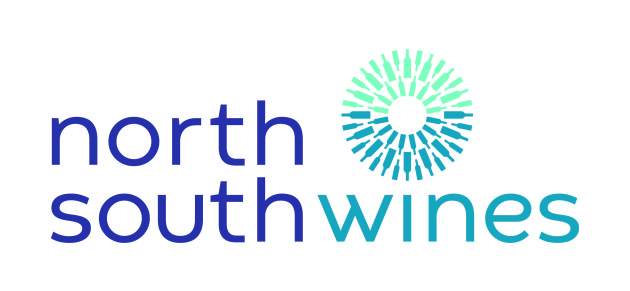
And the Oscar goes to… Bond and Bordeaux
For 92 years, the Oscars has been the most significant awards ceremony in the movie industry. Over the last nine decades, thousands of films have collected awards in various categories, from Best Picture to Best Special Effects. A large majority of those will feature some degree of alcohol consumption, incidental or otherwise.
Films reflect society, and the consumption of beers, wines and spirits is undoubtedly a major part of our history. For instance, Ridley Scott’s Oscar-winning epic Gladiator depicts senators drinking wine in leisure settings and banquets. Even Star Trek Beyond, a science fiction film set in the 23rd century of an alternate reality, features a scene on the USS Enterprise celebrating Captain James T. Kirk’s birthday with a bottle of Glenfiddich.
However, those examples are not integral to the film's plot; in others, the choice of wine is deliberately meant to convey something about the character drinking it or may even be at the heart of the story.
The most obvious examples of this are the films and franchises that revolve around the worlds of super sleuths and spies, evil villains and cannibal aesthetes.
In a near fantasy setting, where money is no object, characters can indulge in whichever of the world’s greatest wines the scriptwriter chooses.
READ MORE: The Comfort of Another Round – a review of Thomas Vinterberg’s Oscar-winning Danish film
As revealed by Liv-Ex, Bordeaux and Champagne, in particular, have seen regular screen time, from the Bond franchise to Ratatouille (yes, the animated kid’s film).
Bond’s wine conquests are too numerous to list in full but include Dom Pérignon 1953 (Goldfinger), Château Mouton Rothschild 1955 (Diamonds are Forever) and Château Angélus 1982 (Casino Royale) and 2005 (Spectre).
More than just a signifier of wealth and power, alcohol in Bond films often influences the narrative's course. For example, in From Russia With Love, Bond orders a Taittinger Blanc de Blanc with his sole. But Grant, the antagonist posing as a British secret agent, orders a Chianti. The waiter asks in confusion if he wants a white Chianti, and Grant says, "No, the red kind."
Later, when Bond realises that Grant is with the enemy, Bond says: "Red wine with fish. Well, that should have told me something."
You may also have missed the Château Latour 1961 and Château Cheval Blanc 1947 in Ratatouille, or Hercule Poirot’s drugged bottle of Petrus in the 1978 version of Death on the Nile (Château Malartic-Lagravière appears in this year’s remake, directed by Kenneth Branagh).
A bottle of Château Latour 1954 has a blink-and-you’ll-miss-it appearance in Apocalypse Now, while the ever sophisticated Hannibal Lector served up Domaine Trimbach’s 2001 vintage of Clos Sainte Huhn in Hannibal. However, his pairing with human brains might not be to everyone’s taste.
As might be expected, these wines have risen in value considerably since they were originally released.
The two wines from Ratatouille, Cheval Blanc 1947 and Latour 1961, currently top the list as two of the more expensive wines to feature in a film. So it is perhaps no surprise, given their fame, rarity and expense, that their movie cameos had to be animated rather than live.
They also both carry 100-point scores from Robert Parker (Wine Advocate). In 1998 he called the Cheval Blanc ‘remarkably fresh, phenomenally concentrated’. And his drinking window went all the way up to… 2022.
Meanwhile, in 2000 the Latour still showed ‘exquisite purity and concentration’, and he placed a drinking window on it up to 2025 – still time to drink up, therefore.
Interestingly, Hannibal Lector’s Clos St Huhn 2001 is more expensive than Bond’s Angélus 1982. Unfortunately, the latter also has a disappointing score from Parker, just 77.
Despite hailing from one of Bordeaux’s great vintages and the one Parker admired in 1995, he wrote that the Angélus had ‘deteriorated quickly’. He added it was ‘diffuse and flabby’ and ‘clearly in decline’.
A 2002 tasting note from Jancis Robinson MW gave a more generous score of 17, but its drinking window only ran to 2010.
The 2005 vintage of Angélus has fared rather better. It also has an active secondary market, rated 100-points by Parker ('truly great stuff’).





